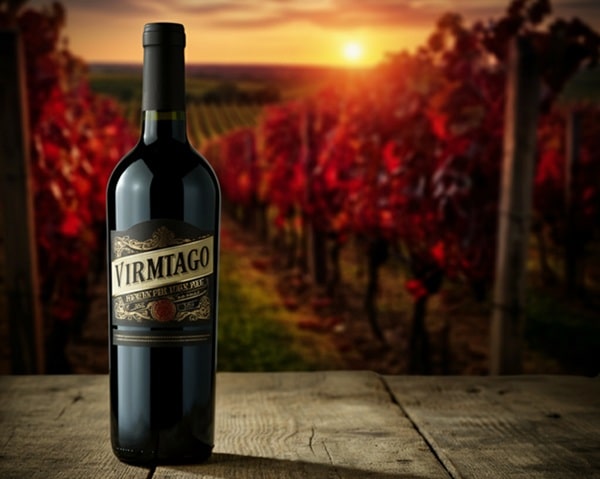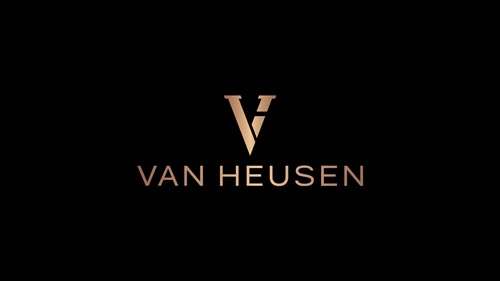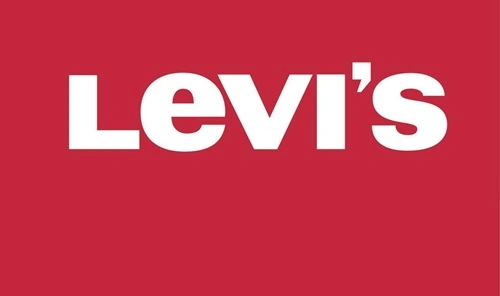Wine is more than a drink; it’s an experience. From the bouquet of aromas to the nuanced flavours, every bottle tells a story. But what often goes unnoticed is the silent storyteller on the outside of the bottle—the label. Premium wine labels aren’t just about listing the winery’s name or the year of harvest; they are an integral part of the wine’s identity, capturing its essence and drawing collectors, connoisseurs, and consumers alike.
Whether you’re a wine collector admiring the intricate art of wine bottle labels, a luxury consumer seeking exclusivity, or a wine manufacturer looking to stand out, understanding the importance of premium wine labels can elevate your appreciation for this often-overlooked art form.

Why Premium Wine Labels Matter
A wine label is more than decoration. It serves multiple roles that go beyond the purely functional. Here’s why designing premium wine and spirits labels matters:
1. First Impressions
Before the cork is popped or the flavour is savoured, wine enthusiasts encounter the label. For luxury consumers, the appeal of custom wine labels often lies in their ability to evoke emotion at first glance. A striking design can instantly set the tone, make the bottle stand out on a shelf and convey the quality within.
2. A Story Told Through Design
Every detail on a premium wine label—from typography to embossed accents—is an opportunity to tell a story. Whether the wine hails from a centuries-old vineyard steeped in tradition or is a bold, modern blend, the label reflects the narrative. For a collector, the craft behind wine and liquor bottle labels can be as intriguing as the wine itself.
3. Creating a Sense of Exclusivity
Luxury consumers often seek out products that are rare and unique. Custom wine labels with added tactile elements like gold foiling or textured finishes elevate the bottle, positioning it as a piece of art. These design elements hint at the care, craftsmanship, and exclusivity that went into creating the wine.
4. Part of Collectors’ Aesthetic
For wine collectors, premium labels become part of the allure. Certain bottles aren’t just consumed; they are admired and displayed. A beautifully designed wine label can add to a collector’s treasure trove, often sparking conversations about the wine’s heritage and design.
5. Marketing with Impact
For wine manufacturers and suppliers, the competition on the shelves is fierce. A memorable label can distinguish a bottle in a crowded market. Beyond aesthetics, spirits labels are an effective marketing tool, setting the tone for the consumer’s perception of the brand and encouraging them to choose that particular bottle over others.
The Elements of a Premium Wine Label
Creating a world-class label demands more than beautiful fonts and colours. It combines design, innovation, and storytelling. Here are the key elements that make wine and liquor bottle labels stand out:
1. Material Choice
The texture and quality of the label material set the stage. Premium labels often use high-quality paper, recycled materials, or a combination of textures to create a unique finish. Textured materials paired with embossing or debossing add depth and a tactile experience to the label.
2. Typography
Fonts play a huge role in setting the tone. Elegant serif fonts often evoke tradition and sophistication, while contemporary sans-serif fonts suggest innovation and modernity. The lettering must be legible but also stylistically aligned with the brand’s identity.
3. Colour Palette
Colours are more than aesthetic; they evoke emotions. Deep reds, golds, and blacks are frequently used on custom wine labels to signal prestige, while whites and pastel hues may suggest a fresh or light wine.
4. Branding and Artwork
A premium wine label often includes intricate artwork or branding that resonates uniquely with the wine’s origin or character. It could be a depiction of the vineyard, a symbol that captures the heritage, or abstract art that complements a modern wine.
5. Functional Elements
Barcodes, legal text, and other mandatory details can be seamlessly incorporated into the label without detracting from its overall appeal. This balance ensures compliance while maintaining artistic intention.
6. Finishing Touches
Elements like foil stamping, lamination, and die-cutting elevate wine bottles and labels to a whole new level. These finishes catch the light, add texture, and create a level of luxury that resonates with wine lovers and collectors.
Trends to Watch in Premium Wine Labels
The world of wine and spirits labels is constantly evolving. Here are some current trends capturing the attention of collectors, designers, and manufacturers:
- Sustainability: Recycled and eco-friendly materials are becoming a must-have feature for modern wine labels, reflecting the growing demand for sustainable practices.
- Minimalism: A clean, elegant design with simple elements can be both modern and timeless, allowing the product to take centre stage.
- Interactive Features: Some labels now use QR codes that link to videos, tasting notes, or the brand’s heritage, providing an interactive experience for consumers.
Elevate Your Wine’s Presence
Premium wine labels are a blend of creativity, craftsmanship, and strategy. Whether you’re designing custom wine labels for your brand or appreciating them as a collector, their impact is undeniable. These labels can define a wine’s identity, create a sensory experience, and deliver lasting impressions for both enthusiasts and consumers.
If you’re a wine manufacturer looking to create exceptional wine bottle labels, partnering with professionals who understand the balance of design and functionality is crucial. Take the step to tell your story through memorable design. After all, the perfect label isn’t just an addition to the bottle; it’s part of the wine’s identity.
Make every bottle unforgettable.

